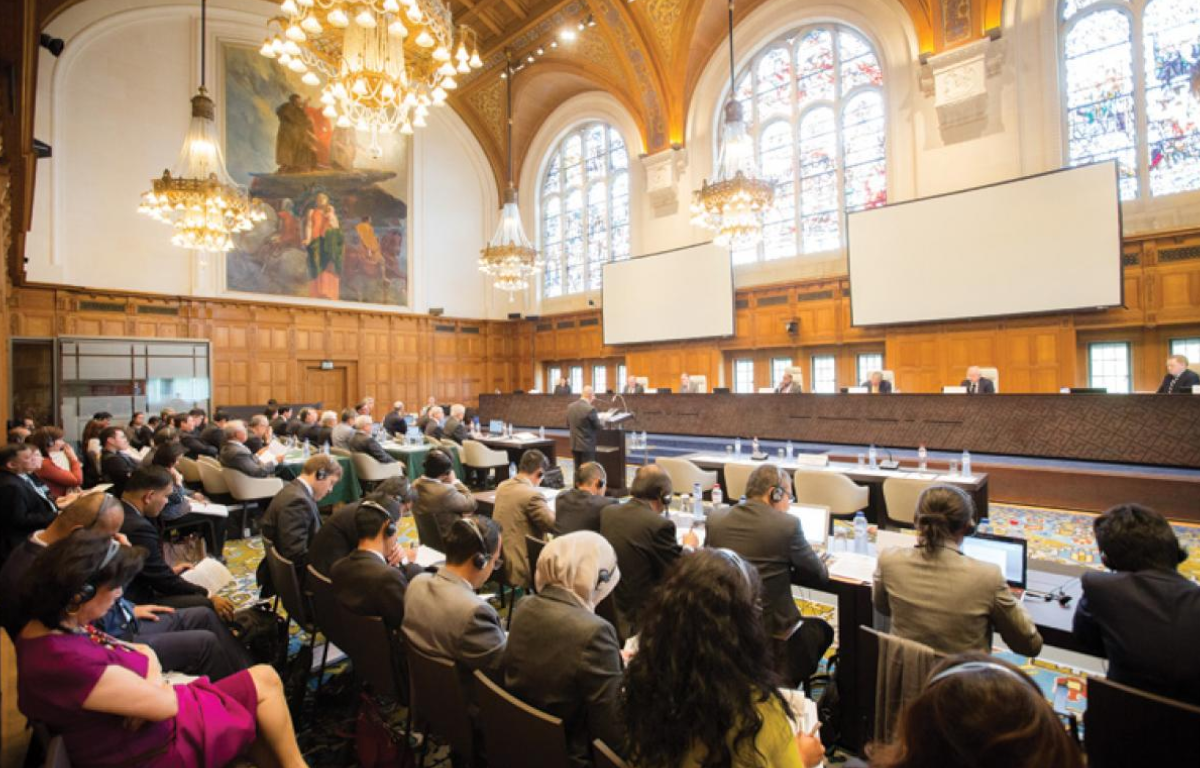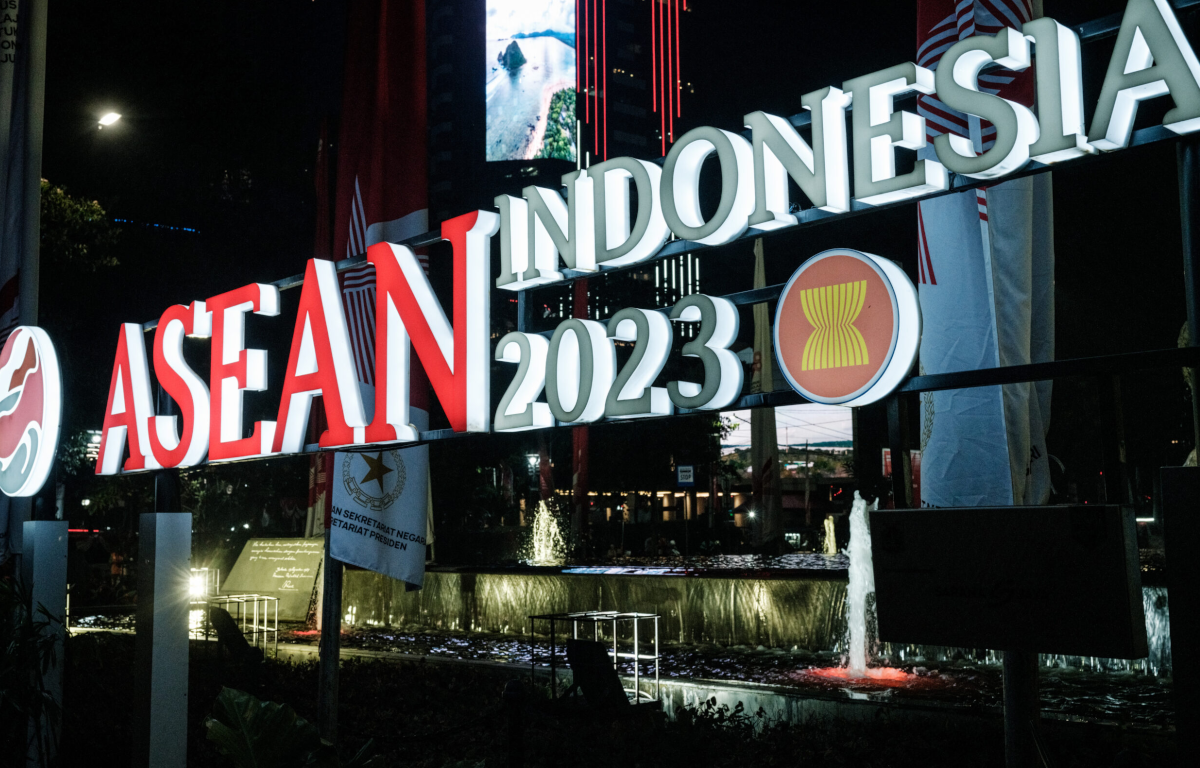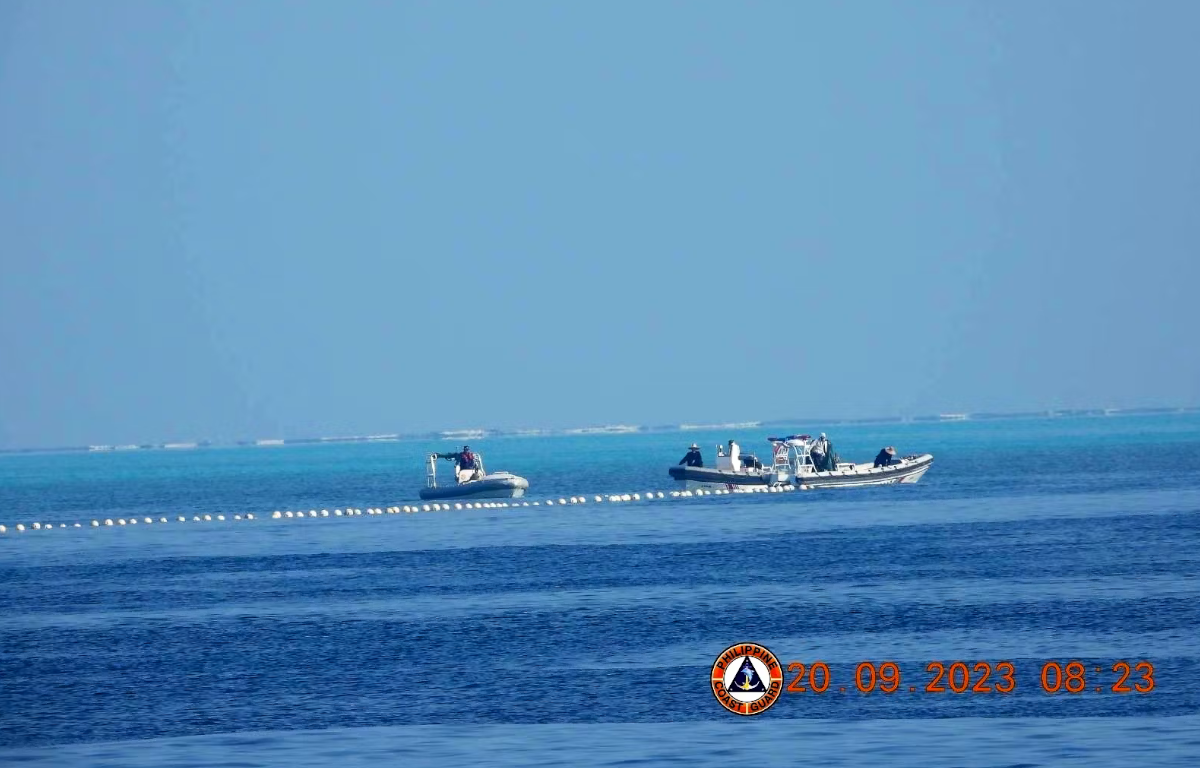
Presidential Proclamation 316 stands as a testament to a nation’s commitment to both the conservation and responsible development of its marine resources. This proclamation, often referred to as the “Ocean Prosperity Agenda,” signifies the government’s acknowledgment of the oceans as vital sources of economic opportunity, ecological vitality, and national identity.
At its core, the proclamation presents a comprehensive framework addressing various dimensions of marine and maritime governance. It highlights sustainable resource management, environmental protection, scientific research, and international cooperation. This multifaceted approach reflects a holistic understanding of oceans as interconnected ecosystems necessitating integrated solutions.
Central to the proclamation’s agenda is the harmonization of economic progress and environmental conservation. By harnessing marine resources for industries such as fisheries, aquaculture, tourism, and renewable energy, the government aims to stimulate sustainable growth while curbing resource depletion.
The proclamation places notable emphasis on the preservation of marine biodiversity. It acknowledges the significance of diverse marine ecosystems in supporting species survival and coastal community livelihoods. Thus, it calls for the establishment of marine protected areas and stringent measures against illegal fishing and habitat degradation.
Scientific research and innovation take center stage in the proclamation’s strategy. By investing in research and technology, the government seeks to gain deeper insights into oceanic processes, combat the effects of climate change, and devise innovative solutions for responsible resource management.
In a world where oceans transcend political boundaries, the proclamation underscores the importance of international collaboration. By joining forces with neighboring nations and global organizations, countries can collectively address challenges like pollution control, maritime security, and disaster response, safeguarding their marine interests more effectively.
Despite its ambitious goals, implementing Presidential Proclamation 316 comes with its share of challenges. Striking the balance between economic interests and environmental concerns demands meticulous planning and continuous vigilance. Adequate funding for research, enforcement, and infrastructure is vital to translate the proclamation’s vision into tangible results.
The path forward lies in robust partnerships between government bodies, scientific institutions, civil society, and private enterprises. By fostering collaborations that align with the proclamation’s objectives, nations can tap into a diverse pool of expertise, resources, and innovative solutions.
Presidential Proclamation 316 serves as a beacon of hope for marine and maritime resources. Its comprehensive approach reflects a nation’s dedication to fostering sustainable economic growth, conserving marine ecosystems, and embracing its role as a custodian of the oceans. As these initiatives unfold, they have the potential to inspire global efforts and leave a lasting legacy of oceanic prosperity for generations to come.










Share this: